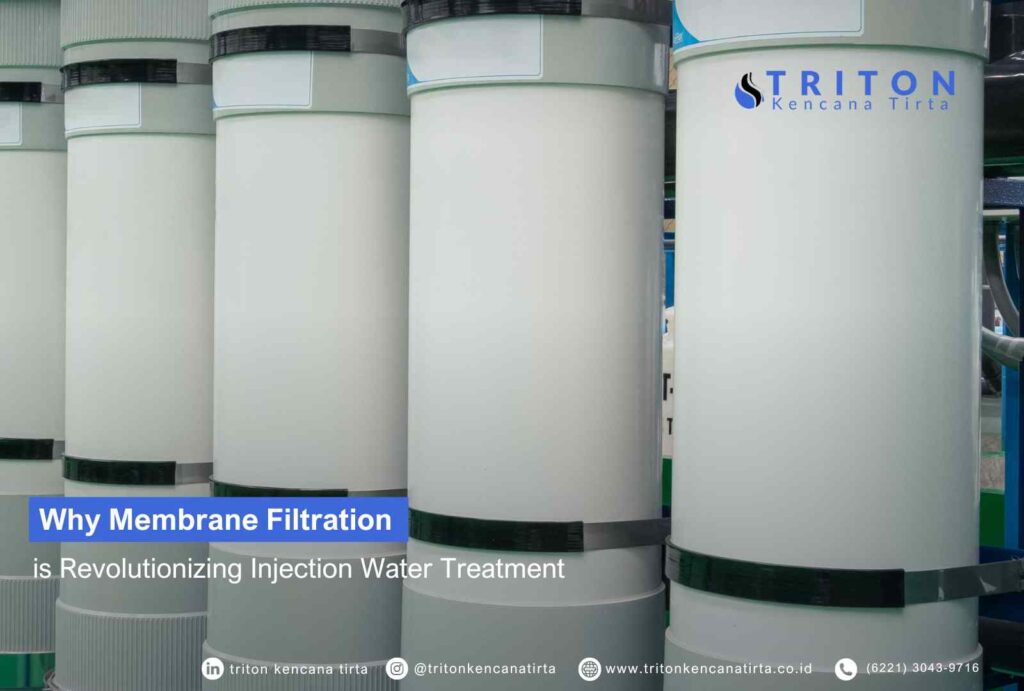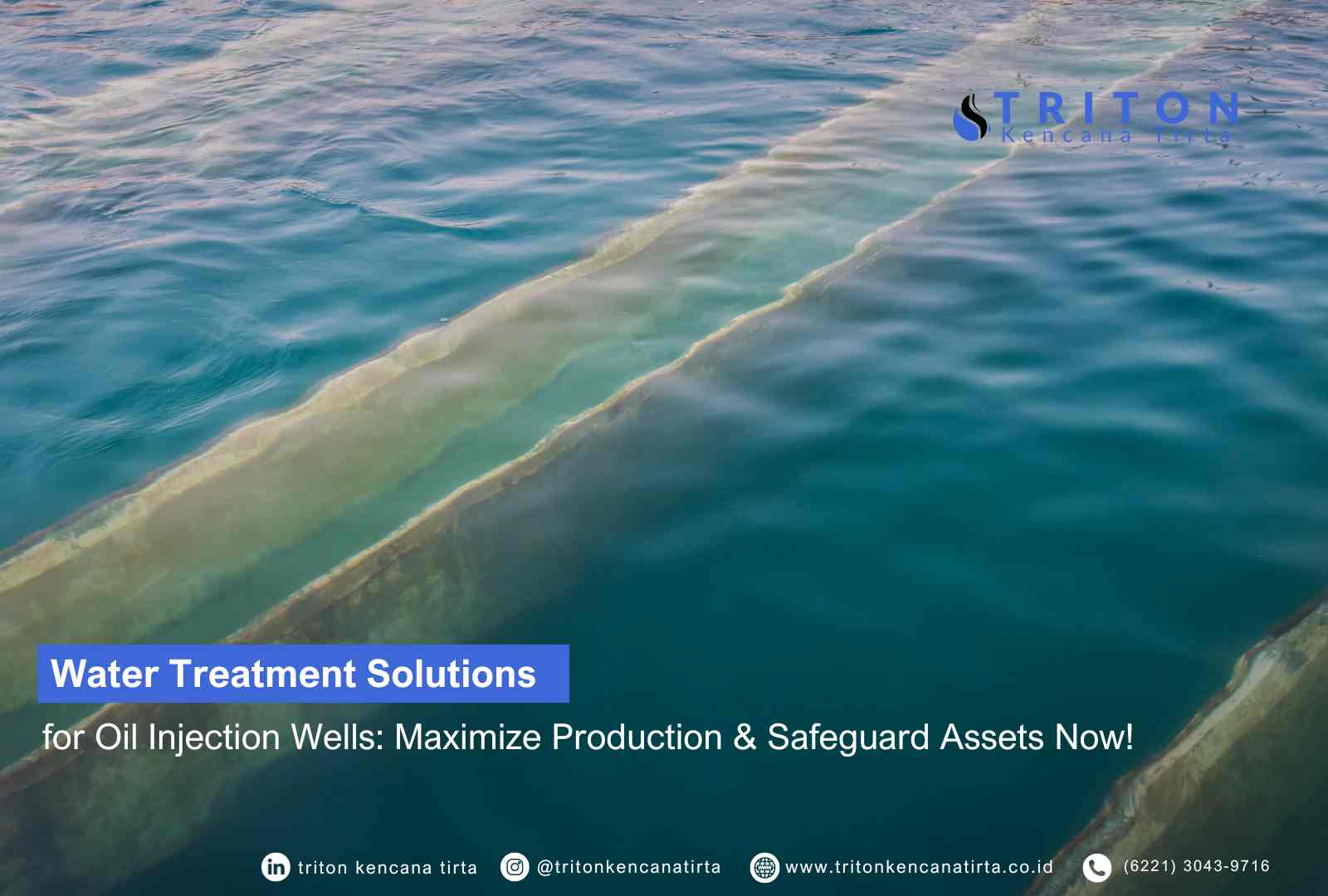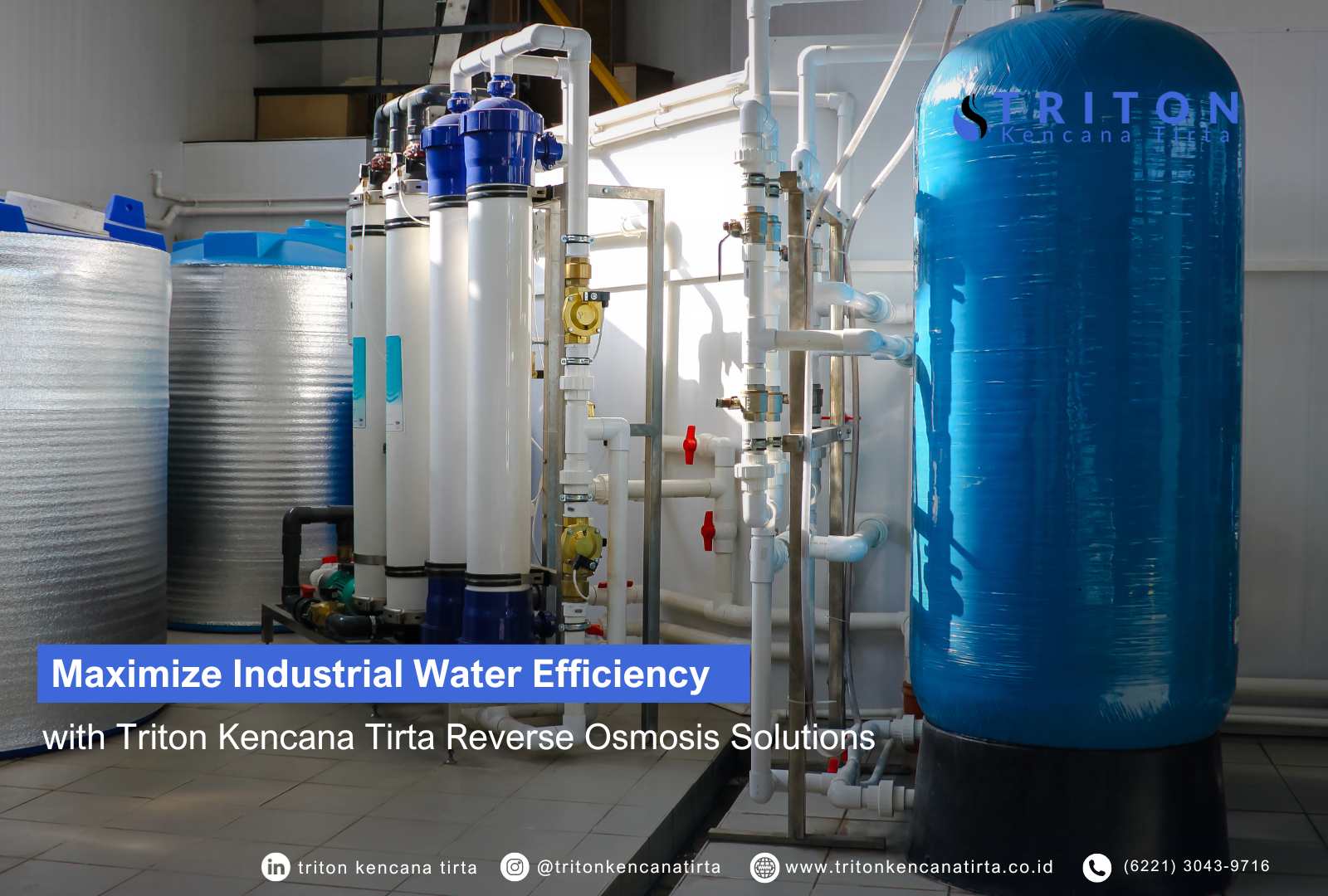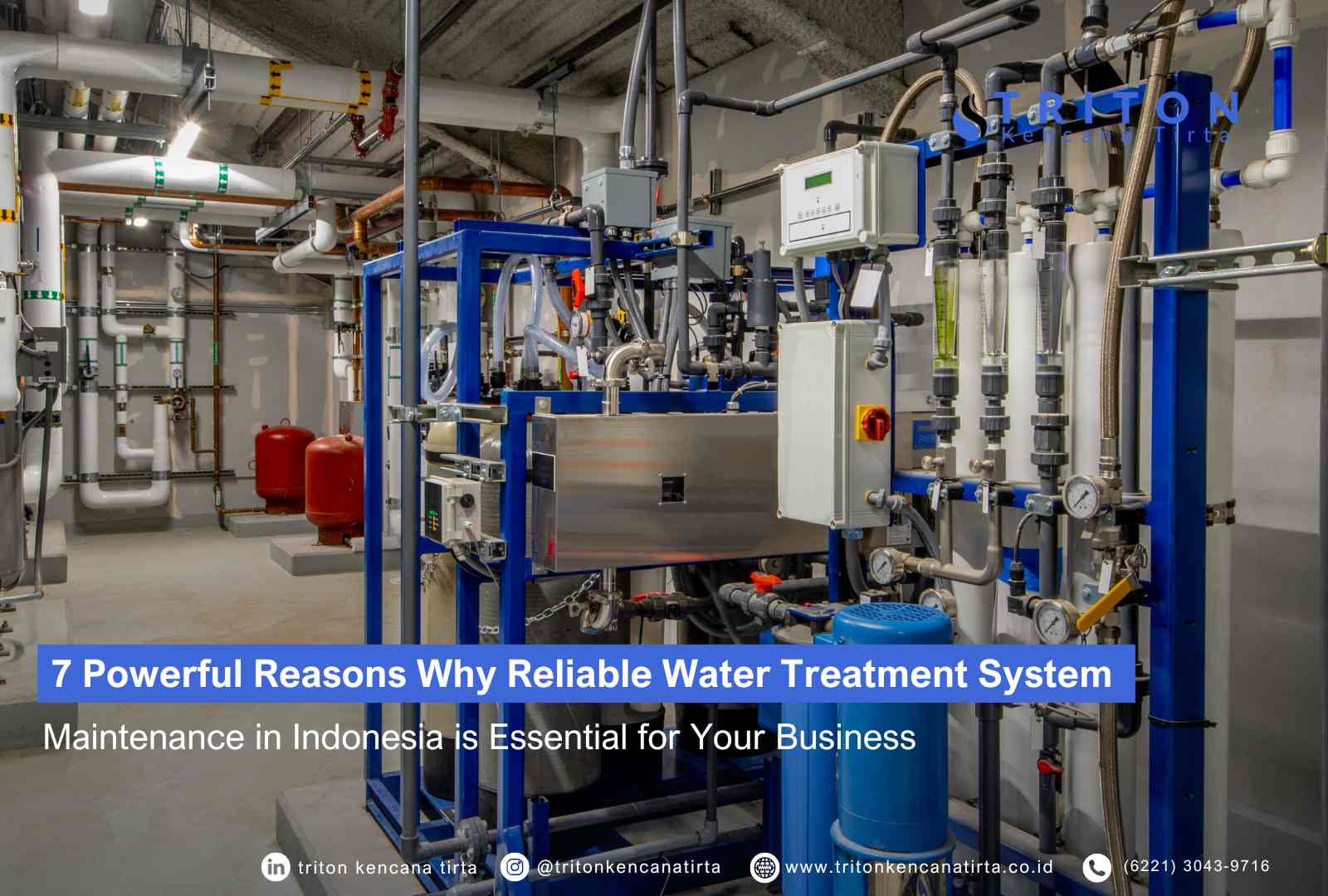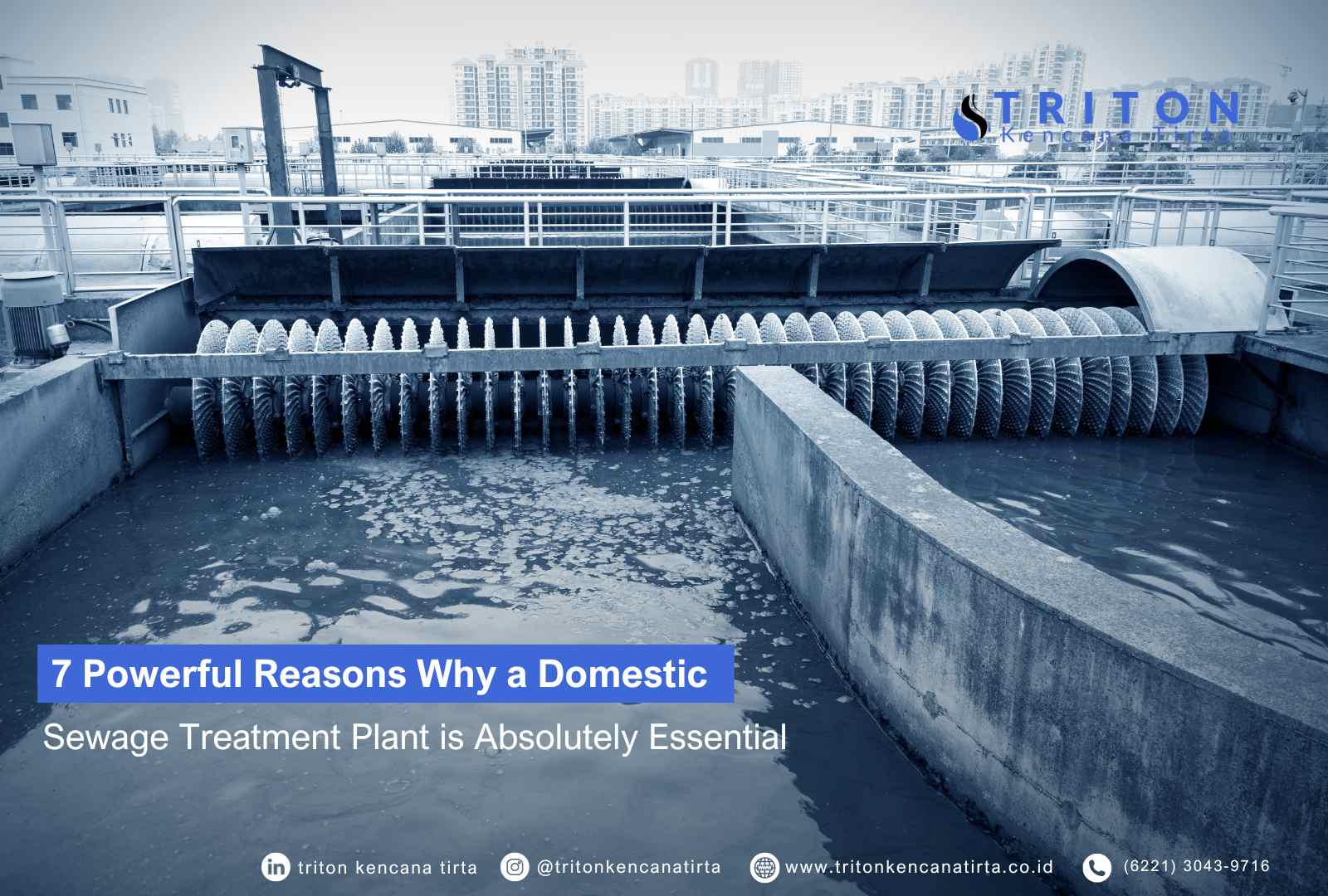he Shift Toward Smarter Water Treatment
In the world of industrial and oilfield operations, water injection isn’t just about pressure support—it’s about precision, performance, and long-term sustainability. But achieving consistent water quality isn’t easy, especially when dealing with variable feedwater sources.
This is where membrane filtration steps in and completely transforms the process. More than just a buzzword, membrane filtration offers a smarter, more scalable, and sustainable solution for modern water treatment injection plants.
Whether you’re running an onshore oilfield or managing an industrial injection system, understanding how membrane technology is revolutionizing water treatment will help you stay ahead of operational challenges and environmental demands.
What Is Membrane Filtration in Injection Water Treatment?
At its core, membrane filtration is a physical separation process that uses semi-permeable membranes to remove contaminants, solids, bacteria, and even dissolved salts from water. Depending on the level of filtration required, different membrane technologies can be used:
-
Microfiltration (MF)
-
Ultrafiltration (UF)
-
Nanofiltration (NF)
-
Reverse Osmosis (RO)
Each of these methods offers specific advantages depending on the desired purity, feedwater characteristics, and end-use application.
Why It’s a Game-Changer
1. Unmatched Filtration Efficiency
Membrane systems can remove particles as small as 0.001 microns. This means:
-
Reduced microbial contamination
-
Fewer solids entering injection wells
-
Less clogging and scaling
Stat check: Reverse osmosis can remove up to 99.5% of total dissolved solids (TDS).
2. Lower Environmental Impact
Traditional chemical-heavy treatment systems leave behind chemical waste. Membrane filtration offers:
-
Less chemical usage
-
Smaller environmental footprint
-
Easier compliance with environmental regulations
3. Compact Footprint
Space is always a premium—especially offshore or in modular setups. Membrane systems are:
-
Compact and scalable
-
Easily integrated into existing setups
-
Ideal for mobile or containerized plants
4. Cost-Effective in the Long Run
Although membrane systems may have higher upfront costs, they pay off through:
-
Lower energy consumption (with modern energy recovery systems)
-
Less downtime and maintenance
-
Extended injection well life
Frequently Asked Questions
How does membrane filtration compare to conventional media filters?
Media filters can only remove particles down to ~5 microns. Membranes go much finer—down to 0.001 microns—eliminating bacteria and viruses in the process.
Is membrane filtration suitable for offshore injection systems?
Yes, in fact, many offshore platforms are now shifting to compact UF or RO-based solutions due to space efficiency and superior performance.
What about maintenance and fouling issues?
Modern membrane systems come with automated backwashing, CIP systems, and anti-fouling coatings to minimize maintenance needs. Plus, smart monitoring with SCADA can help predict fouling before it becomes a problem.
Can membranes handle high salinity feedwater?
Absolutely. Reverse Osmosis (RO) and Nanofiltration (NF) are built specifically for this. They can desalinate seawater or brackish sources to injection-grade quality.
Real-World Application: How the Oil & Gas Sector Benefits
The oil and gas industry relies heavily on enhanced oil recovery (EOR) through water injection. But injecting impure water leads to formation damage, corrosion, and decreased well performance.
By using membrane filtration, companies have achieved:
-
20–30% longer injection well lifespan
-
40% fewer chemical treatments
-
Improved reservoir pressure and sweep efficiency
✅ Want a reliable solution provider? Check out Triton Kencana Tirta for expertly engineered water treatment injection plant systems tailored to your industry needs.
Challenges to Consider (And How to Overcome Them)
1. Initial Capital Investment
Membrane systems may have higher CAPEX, but focus on lifetime cost analysis, not just upfront costs.
2. Membrane Replacement
Depending on the quality of feedwater and pre-treatment, membranes may require replacement every 3–5 years. Use:
-
Inline filters
-
Anti-scalants
-
Regular cleaning protocols
3. Fouling Risk
Fouling is a real concern—but easily managed with pre-treatment, smart SCADA monitoring, and routine maintenance.
The Future of Membrane Filtration in Injection Plants
Membrane technology is evolving fast, with innovations like:
-
Forward Osmosis (FO) for lower energy consumption
-
Membrane Bioreactors (MBR) for biological treatment
-
AI-powered monitoring for predictive maintenance
As environmental standards tighten and operational demands grow, membrane filtration will become the standard, not the exception.
A Clear Path to Cleaner, Smarter Injection Water
Membrane filtration isn’t just a trend—it’s a revolution in how we think about injection water treatment. It’s cleaner, faster, more sustainable, and built for the future.
If you’re looking to upgrade or build a water treatment injection plant that meets tomorrow’s standards today, membrane filtration is the key.
Start now with a reliable partner like Triton Kencana Tirta, whose proven track record in designing and deploying high-performance water treatment injection plant systems speaks for itself.


